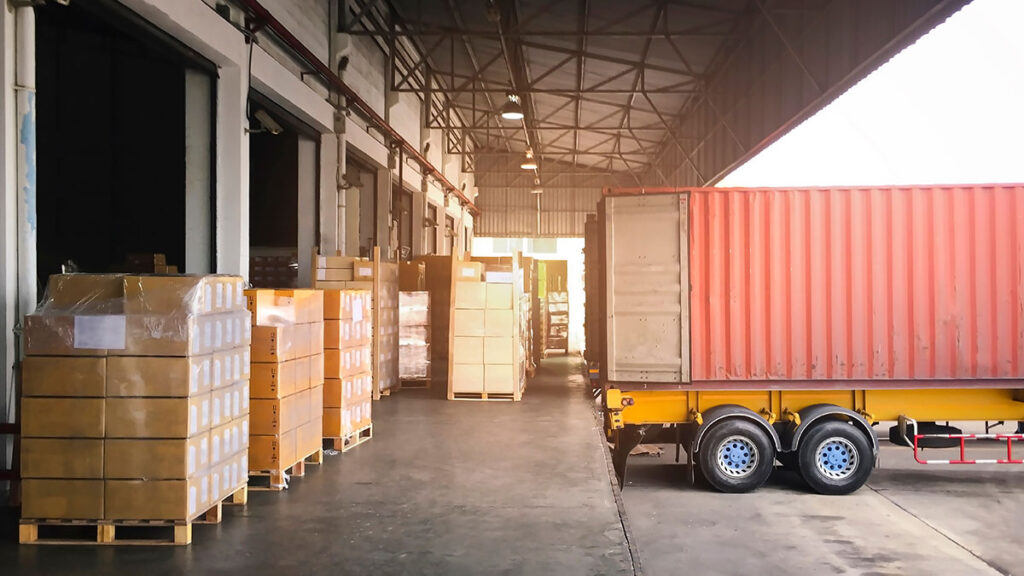
For LTL shippers and 3PLs, missed pickups can become an issue when a capacity crunch is on. Here are some tips for cutting down on missed pickups.

For LTL shippers and 3PLs, missed pickups can become an issue when a capacity crunch is on. Here are some tips for cutting down on missed pickups.
When capacity is tight, like it is now, missed pickups are a common occurrence, especially in LTL where countless variables can get in the way.
Sometimes, the circumstances surrounding a missed pickup are out of all parties’ hands. However, there are plenty of actions that can be taken to reduce them.
A missed pickup occurs when a carrier is unable to pick up a load on the date it was initially scheduled to be picked up. This can happen for several reasons, including:
Carriers don’t set out to miss pickups, but sometimes, as in life, things happen. The pickup and delivery windows in LTL are often very short, and any number of small delays can leave a driver unable to finish their scheduled day.
Whether or not a missed pickup is beyond the control of the parties involved, they can have real consequences. When urgent loads, such as those that are carrying materials necessary for continued operations, are late, the impact on the level of service and the financial impact on the customer can be extreme.
Here are four tips for heading off missed pickups before they happen.
Nobody can prevent an ice storm from happening or a highway from shutting down, but they can try to plan around these occurrences that can cause missed pickups. When bad weather is coming in at the end of the week, you might see if you can get your LTL shipment out on Tuesday instead to make sure there’s time for transit.
Rearranging pickup times for potential delays can involve a lot of back and forth between shippers, 3PLs, and carriers, but it can also ensure shipments arrive on time.
Rearranging pickup times for potential delays can involve a lot of back and forth between shippers, 3PLs, and carriers, but it can also ensure shipments arrive on time. What does this look like in practice? It’s checking the forecast across a shipment’s route, keeping up with current events that may affect transit times, staying in touch with carriers to confirm capacity, and even building great relationships with carriers so those requests for confirmation aren’t seen as an intrusion.
One of the best ways to reduce the impact of missed pickups is to build in lead time. Give carriers more time to develop a plan for the load, get it picked up, and get it delivered. If 3PLs can learn a little about their carrier’s pick-up schedule, it can help them to know the optimum amount of advanced notice to facilitate carriers being able to pick up on time.
Building in lead time may require cooperation from shippers, too.
Building in lead time may require cooperation from shippers, too. Even in the freight industry, the ‘Amazon Effect’ means that even people who understand that shipping doesn’t happen by magic can get caught up in the expectation of instant gratification. When a shipper says they need a load delivered on a specific date, 3PLs can guide them to an appropriate pickup date to provide the insulation necessary to reduce the impact of a potential missed pickup if not a missed pickup itself.
When capacity is tight, both shippers and receivers can help ensure loads arrive on time by being flexible and carrier friendly.
These in turn place shippers and receivers in a preferred shipper status.
For instance, shippers may need to increase their pickup hours and receivers may need to extend their delivery hours to give their LTL carrier a little more wiggle room to deliver. Preventing dock congestion at the delivery location, having a distinct yard space to allow trucks to enter and deport facilities and being flexible on appointment pickups or deliveries will help carriers avoid delays. These in turn place shippers and receivers in a preferred shipper status.
Poor communication is one of the easiest causes of missed pickups to avoid, simply because it is the control of each party involved. Good relationships between each company across the freight cycle can help everyone plan accordingly.
The 3PL facilitator can help ensure all the important information like service requests, carrier capacity on a given pickup day, and potential problems are considered during scheduling. Taking the time to understand things like inventory levels and safety stops can allow 3PLs help shippers and carriers alike maintain their level of service.
One of the best ways to avoid missed pickups is to lean on a 3PL partner that takes a consultative, tech-heavy approach to logistics. They can help get digital systems in place to handle things like online BOLs (bills of lading), online portals so information can be transmitted securely in an instant, and data collection to analyze carrier performance by lane or by cost as a percentage of sales.
Get expert logistics insights delivered straight to your inbox
"*" indicates required fields